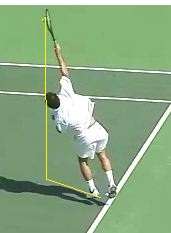Found the Rod Cross chapter on the internet here:
http://www.physics.usyd.edu.au/~cros...ajectories.pdf
and here is Brody:
http://books.google.ch/books?id=iTad...ectory&f=false
http://www.physics.usyd.edu.au/~cros...ajectories.pdf
and here is Brody:
http://books.google.ch/books?id=iTad...ectory&f=false







Comment